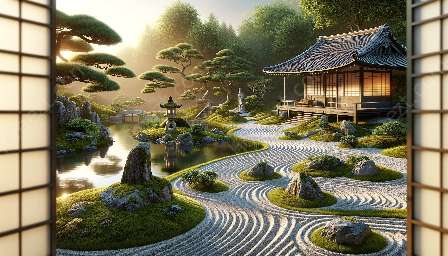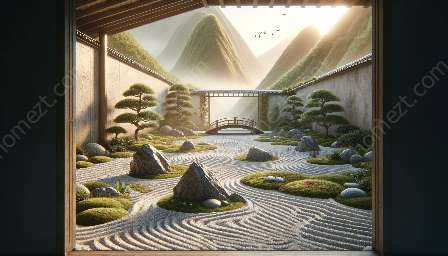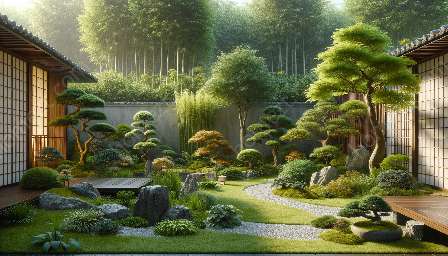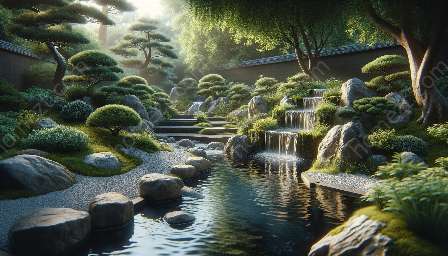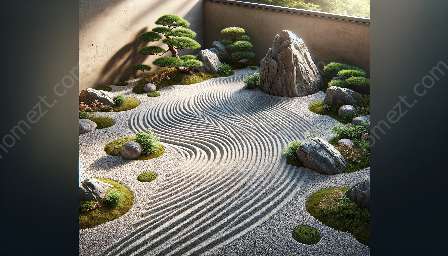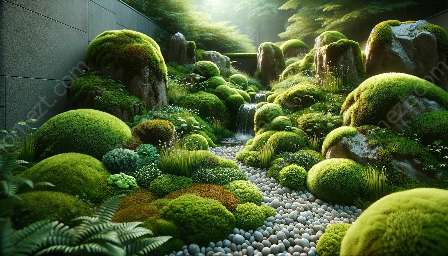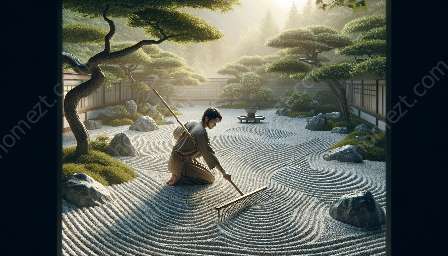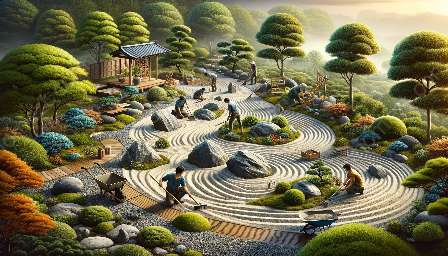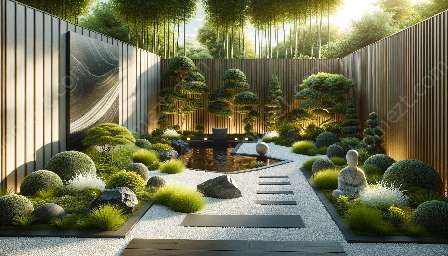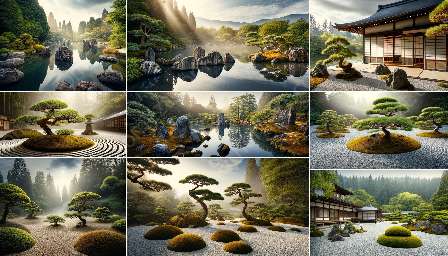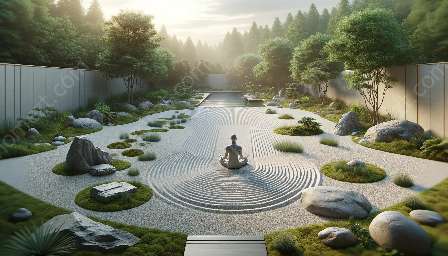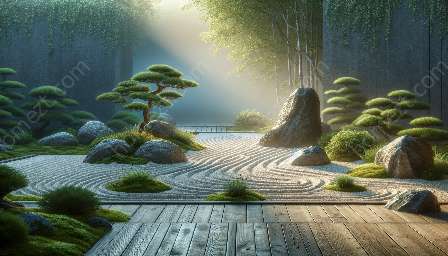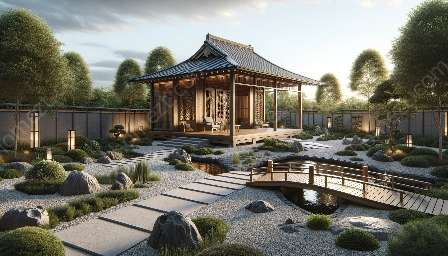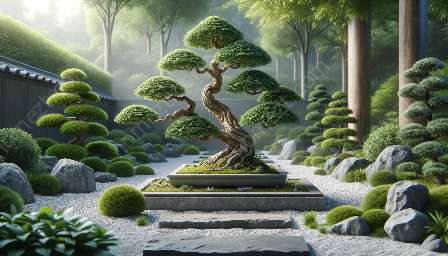Japanese tea gardens have a rich cultural and historical significance, and they offer a serene and tranquil space for both contemplation and recreation. These gardens, also known as 'roji' in Japanese, serve as an extension of the tea ceremony, embodying the principles of harmony, respect, purity, and tranquility.
History of Japanese Tea Gardens:
The tradition of Japanese tea gardens can be traced back to the 9th century when tea drinking became popular in Japan. The early tea gardens were influenced by Chinese garden design principles, which focused on integrating natural elements into the landscape.
During the Muromachi period (14th-16th centuries), tea masters such as Sen no Rikyu and Takeno Joo played pivotal roles in the development of tea garden designs. Rikyu, in particular, emphasized the importance of simplicity and understated beauty in tea garden aesthetics.
Zen Gardens and Japanese Tea Gardens:
Japanese tea gardens share an intrinsic connection with Zen gardens, as both are rooted in the principles of mindfulness, simplicity, and harmony with nature. While Zen gardens, also known as 'karesansui' gardens, primarily focus on dry landscape designs, Japanese tea gardens incorporate water features, stepping stones, and meticulously placed plantings to create a harmonious environment.
The meditative experience of viewing raked gravel or sand in Zen gardens resonates with the contemplative nature of strolling through a Japanese tea garden, where carefully curated pathways and natural elements evoke a sense of calm and introspection.
Design Elements of Japanese Tea Gardens:
Japanese tea gardens are characterized by specific design elements that differentiate them from other garden styles. These elements often include:
- Pathways: Meandering stone paths guide visitors through the garden, encouraging a leisurely and mindful pace as they take in the surroundings.
- Water Features: Ponds or small streams add a serene and reflective quality to the garden, creating a soothing atmosphere.
- Stone Arrangements: Carefully placed stones, known as 'ishi,' symbolize natural landscapes such as mountains or islands, contributing to the overall aesthetic and balance of the garden.
- Plantings: Thoughtfully chosen trees, shrubs, and moss create a lush and peaceful setting that reflects the changing seasons.
Japanese Tea Gardens in Gardening and Landscaping:
Integrating elements of Japanese tea gardens into broader gardening and landscaping practices can elevate the overall design and ambiance of outdoor spaces. Incorporating winding pathways, water features, and carefully selected plantings can evoke the tranquility and beauty associated with Japanese tea gardens.
Whether for residential or commercial landscapes, the principles of balance, harmony, and serenity found in Japanese tea gardens can inspire unique and captivating outdoor areas. By embracing these design elements, one can create inviting and contemplative spaces that resonate with the timeless allure of Japanese tea gardens.
In conclusion, Japanese tea gardens offer a captivating blend of cultural heritage, natural beauty, and mindful design. Whether experienced in isolation or integrated into broader garden landscapes, they provide a sense of tranquility and reflection. With their deep-rooted connection to Zen gardens and their potential influence on gardening and landscaping, Japanese tea gardens continue to inspire and enchant enthusiasts of nature and design alike.

